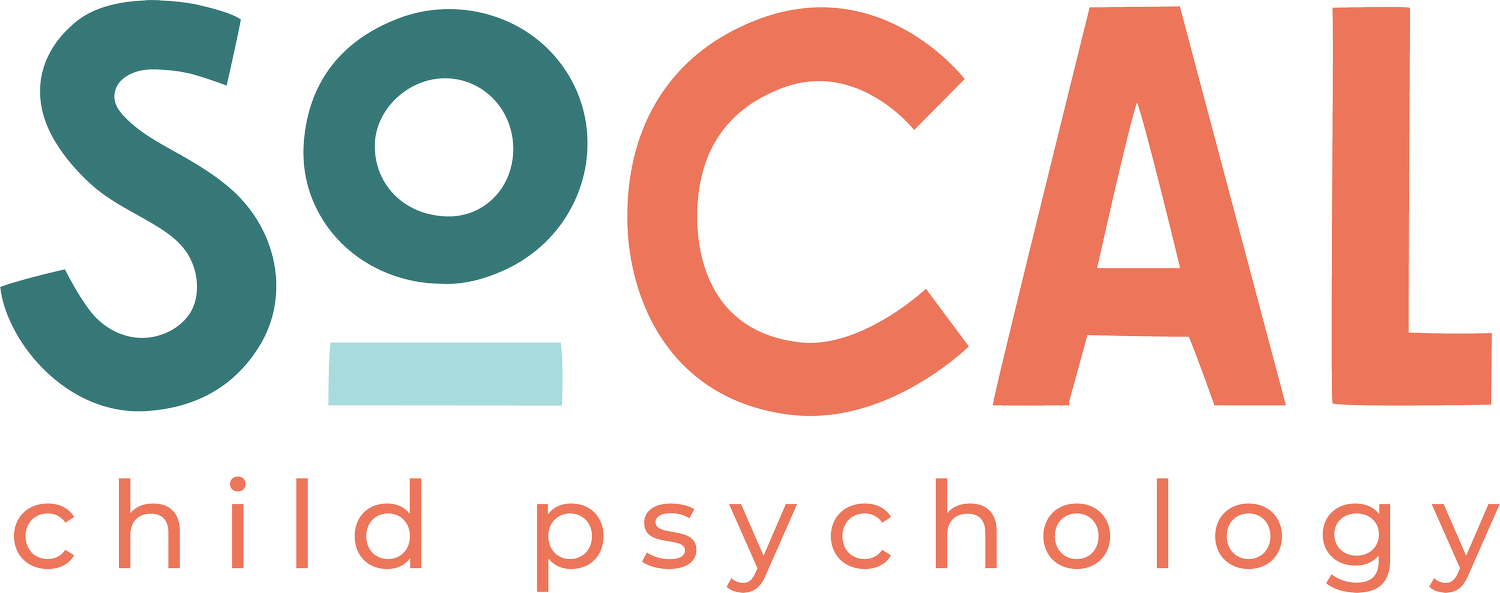6 Ways Play Can Help Kids with ADHD
A 2022 survey by the CDC found that about 7 million children in the United States have been diagnosed with ADHD.
It’s a number that has seen growth over the last few years and doesn’t show signs of slowing down.
ADHD in children can cause symptoms like hyperactivity, difficulty paying attention, forgetfulness, and more.
It can make it difficult for kids to have healthy relationships, cause problems in school, and make life challenging even as they get older.
Thankfully, with the right treatment and management skills, there’s no reason why your child can’t overcome the common symptoms of ADHD and lead a full, productive, happy life.
Something most kids do naturally — playing — can actually make a big difference.
Let’s take a look at a few different ways play can help kids with ADHD.
1. Problem-Solving Skills
It’s not uncommon for children with ADHD to struggle with solving problems on their own.
They might quickly lose focus or not know what to do because they struggle to pay attention.
Different types of play can encourage problem-solving skills.
Things like puzzles, obstacle courses, or even board games can help your child learn how to work through problems on their own in ways that make sense and empower them.
2. Social Skills
Social skills can be difficult for kids with ADHD.
Simply playing with other children their age can help them break through communication barriers.
It can help them learn how healthy relationships work while teaching important skills like sharing, taking turns, and listening.
3. Physical Activity
Many forms of play require children to be physically active.
While ADHD is a mental health issue, physical activity can boost a child’s self-esteem and mood.
It can also help to improve focus, weakening the symptoms of hyperactivity so they have an easier time learning and staying on track after burning off some energy.
Try getting them involved in a sport they enjoy or encourage them to play outside after school.
4. Organizational Skills
Many different games and toys require children to adhere to a specific structure.
Routine and structure are incredibly important for kids with ADHD.
It can help them learn how to be more organized, which can lead to better time management and focus.
Structured activities and schedules also create a sense of comfort and stability.
The more your child is able to follow a routine, even while playing, the easier it will be for them to stay organized.
5. Expression and Self-Awareness
It’s not uncommon for older kids with ADHD to struggle with self-esteem and confidence issues. Unfortunately, that can lead to anxiety.
Play is a natural way for your child to express themselves.
They can use their imagination, learn how to process their emotions and feelings and be creative with those feelings in ways they might not always be able to show in a classroom setting.
The more you learn about how your child expresses themselves and their interests, the easier it will be for you to work with them in a learning environment that meets their needs.
6. Decision-Making
Whether your child is playing a board game, looking for a place to take cover while playing hide-and-seek, or trying to decide where to kick the ball in soccer practice, play gives them the opportunity to think through possible decisions and the confidence to make them.
Many kids with ADHD struggle with impulsivity.
Improving their decision-making skills can help with impulsivity issues by teaching them how to think things through in everyday situations.
As you can see, play is a great way to help kids dealing with ADHD symptoms.
If you’re looking for more information or more help for your child after their diagnosis, don’t hesitate to reach out.


